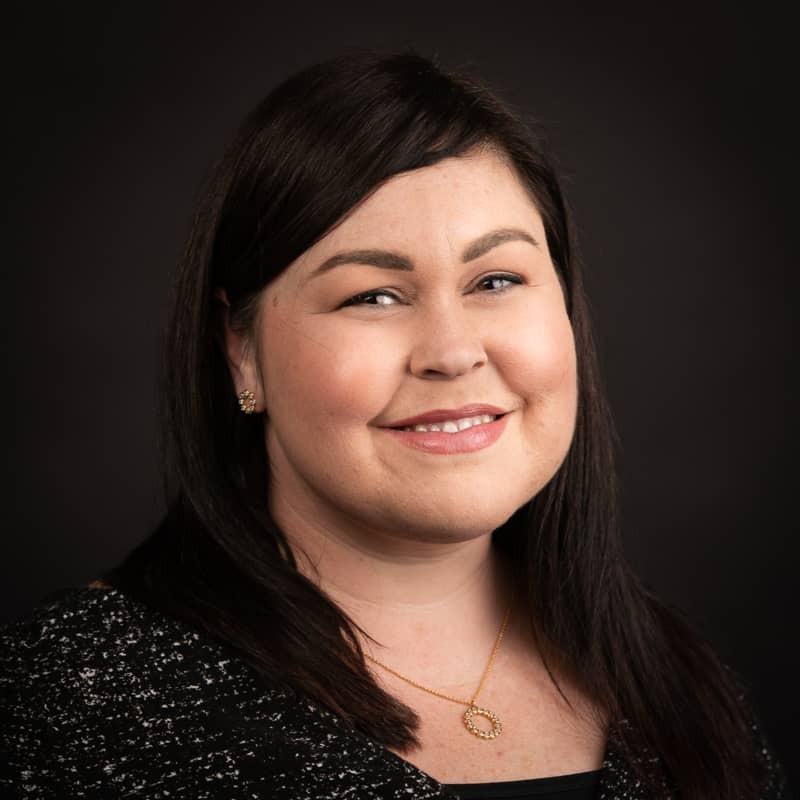
In this third and final article of a three-part SOFR Series, which also includes The Rise of SOFR as an Alternative to LIBOR and Term SOFR Adds Appeal to LIBOR Alternative, the SRS Acquiom loan agency team reviews the current state of the SOFR transition with regard to credit-spread adjustments and considers how SOFR will behave amid the current rising interest-rate environment. What are the pricing risks and potential consequences for the market?
Credit-Spend Adjustments (CSAs) and the State of the SOFR Saga
With many challenges of the LIBOR-to-SOFR transition behind recent fluctuations in LIBOR and SOFR and the gap between them have drawn attention to credit-spread adjustments (CSAs). The Alternative Reference Rate Committee (ARRC) had recommended the use of CSAs to adjust for the difference between LIBOR, an unsecured rate incorporating a credit-risk premium, and SOFR, a secured, risk-free rate. Since LIBOR has historically factored in a bank’s actual funding cost, the addition of a CSA to SOFR should preserve economic equivalence for both the lender and the borrower. ARRC’s recommended CSAs—based on the five-year historical median difference between LIBOR and SOFR—are applied to one-, three-, and six-month tenors. As a risk-free rate, the SOFR curve is expected to be lower than the LIBOR curve, though the gap between the rates may vary from time to time.
When SOFR unexpectedly rose higher than LIBOR in July 2022 amid concerns about inflation and/or a recession—issues that show no sign of abatement or resolution any time soon—
questions arose whether CSAs remain necessary. Those credit agreements that were already amended to include CSAs to compensate for the switch to the new SOFR rate would mean borrowers are stuck with higher interest rates than initially anticipated. Although LIBOR will sunset in June 2023, borrowers that have not yet transitioned to SOFR may benefit by delaying a little longer while LIBOR-based rates remain cheaper than the SOFR alternative.
When the gap between LIBOR and SOFR is narrower than the historical norm, new-loan issuance referencing SOFR may not need to include CSAs in the credit agreements. The loan market is trending toward a pricing construct where the CSA and the borrower-risk premium are combined into a single spread over SOFR. Still, while it’s simple to calculate loan pricing without a CSA, this method may ultimately prove disadvantageous to the lender or borrower as the market changes over time.
SOFR in a Rising-rate Environment
Regulators have alluded to squashing inflation and increasing rates further through 2022. The resilience of SOFR to market volatility will be tested. As expected for a forward-looking rate, Term SOFR will rise in anticipation of interest-rate increases from the Federal Reserve. SOFR and the NY Fed 30-day SOFR rates, which reflect current and trailing 30-day market conditions, respectively, will not move on possible rate changes.
If SOFR continues to trend higher than LIBOR and skews the anticipated gap between the two lending rates, lenders will benefit economically and borrowers may be deterred from seeking new Term SOFR-based loans. With rates poised to rise farther through year-end and beyond, some borrowers may opt to shift away from floating-rate loans and into fixed-rate products.
SOFR Rates - What happens in a Credit Crunch?
Some accused LIBOR as contributing to the financial crisis because it rose and dropped in tandem with volatility and therefore adversely impacted liquidity. Since SOFR is a risk-free rate, based upon overnight borrowings collateralized by Treasury debt in the highly liquid repo market, its volatility should be limited during periods of market stress.
Credit-sensitive rates, such as Term SOFR and SOFR in Advance, provide certainty with respect to cash flows, as these offer known-in-advance fixed-rate borrowings for tenors of one-, three-, and six-month periods.
SOFR Today - Key Takeaways: Reference-rate Impacts to Your Portfolio
- LIBOR is an unsecured, credit-sensitive rate and is forward looking; SOFR is a risk-free rate based upon the cost of overnight borrowings secured by Treasuries in the repo market.
- LIBOR will cease June 30, 2023, and overnight SOFR is the favored replacement reference rate. Term SOFR was established to address the need for a forward-looking interest-rate replacement. The Ameribor and Bloomberg Short-Term Bank Yield (BSBY) are additional options to replace LIBOR.
- Trading restrictions under current Term-SOFR rules may limit liquidity in hedging and derivatives trading, causing banks to hold higher levels of risk on their books and limiting their ability to lend.
- The Adjustable Interest Rate (LIBOR) Act, passed in March 2022, established fallback clauses for $75 trillion of “tough legacy” loan agreements to ease their transition away from LIBOR.
- Credit Spread Adjustments (CSAs) have been implemented to address the historical difference between LIBOR, a risk-based rate, and SOFR, a risk-free rate. However, when the spread between the rates deviates from the historical mean, either the lender or the borrower will be economically disadvantaged.
- Term SOFR moves in anticipation of rate changes, while SOFR will react to actual rate changes.
The SRS Acquiom team provides context for the current SOFR rates and information about the evolution of these rates in parts 1 and 2 of this series, The Rise of SOFR as an Alternative to LIBOR and Term SOFR Adds Appeal to LIBOR Alternative.
The SRS Acquiom loan agency team is prepared to discuss any further concerns as you navigate the changing landscape of the reference-rate transition. Please reach out to our team to learn more.

Renee Kuhl
Managing Director, Loan Agency tel:612-509-2323
Renee is the managing director of the SRS Acquiom Loan Agency Group. With more than 15 years of experience as administrative and collateral agent on loan transactions and more than ten years managing teams in loan agency and restructuring products, she is an accomplished financial industry professional and leads the loan agency business globally.
Before joining SRS Acquiom, Renee served as an administrative vice president at Wilmington Trust, N.A., most recently leading the loan agency and restructuring products. In addition to her 10 years at Wilmington Trust, she also worked for Wells Fargo Bank, N.A. in the corporate trust and shareholder services departments.
Renee has a Juris Doctorate from Mitchell Hamline School of Law in Minnesota, and a B.A. in political science and history from Azusa Pacific University in Azusa, California.